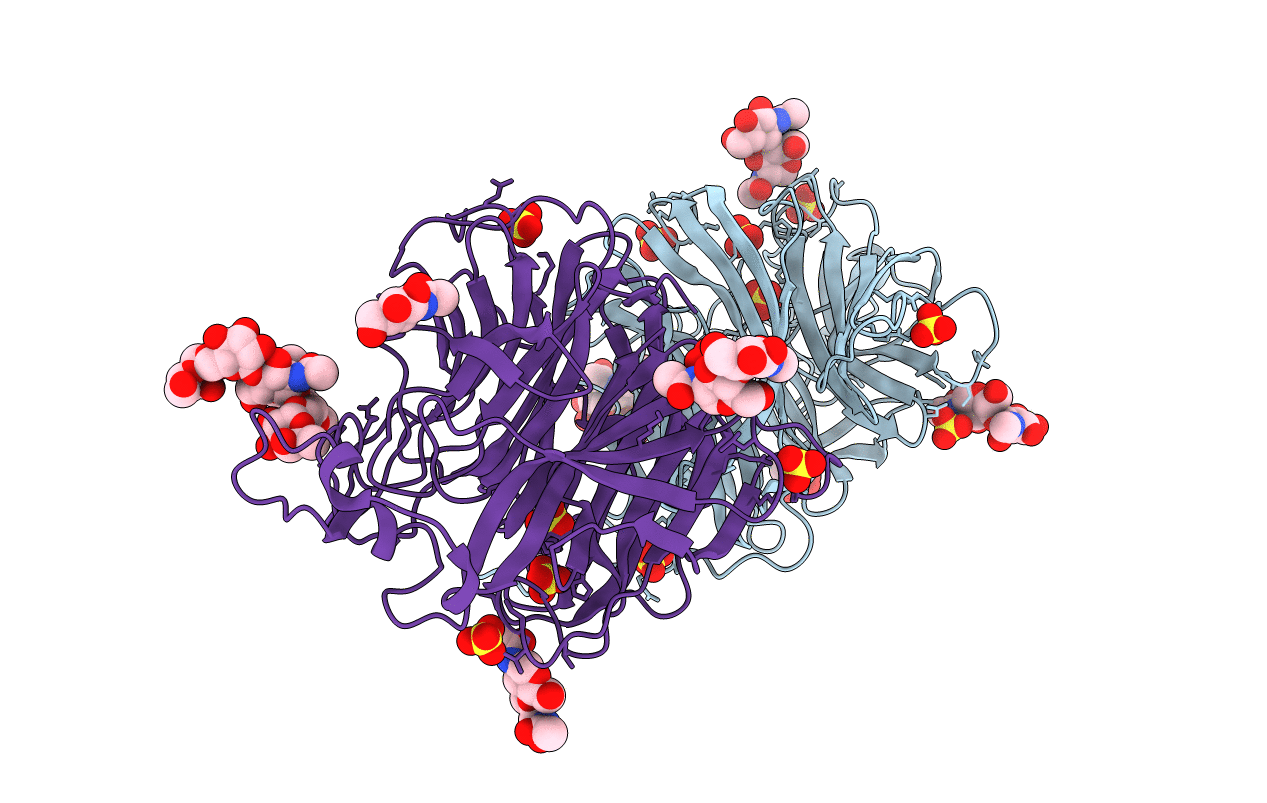
Deposition Date
2019-06-18
Release Date
2019-11-27
Last Version Date
2024-11-06
Entry Detail
PDB ID:
6PD4
Keywords:
Title:
Crystal Structure of Hendra Virus Attachment G Glycoprotein
Biological Source:
Source Organism:
Hendra henipavirus (Taxon ID: 63330)
Host Organism:
Method Details:
Experimental Method:
Resolution:
2.20 Å
R-Value Free:
0.20
R-Value Work:
0.16
R-Value Observed:
0.16
Space Group:
P 1 21 1


